Trixter is an impressive studio, its repertoire evidenced across some of the biggest blockbuster releases over recent years. Consistent output requires a consistent process, however, and that’s where VFX Producer Jennifer Thompson comes in.
We spoke to Jennifer about her role and the skills a producer needs to support high-quality content creation in today’s complex and challenging field.
Can you please tell us a little about yourself and your role at Trixter?
I’m originally from Ireland. I worked in book publishing for several years after university, before I stumbled on the world of visual effects. Considering my literature background, I didn’t imagine a career in this industry could be possible, but I loved film and I wanted a new challenge. I was fortunate enough to meet some lovely visual effects folks in London. Talking with such professionals, I felt like I understood the aims of visual effects and I had something to offer the industry. A lot of the skills I’d developed as an editor and project manager were transferable to a visual effects production role. I was soon offered my first job as a coordinator, and worked my way to the roles of production manager and producer.”
I joined Trixter Berlin in October 2018. A typical day starts with a project production meeting and ends with a client call, with a lot of stuff in-between. I love the role’s diversity, from managing internal crews and schedules, to working closely with supervisors and artists and developing lasting relationships with our clients. It’s a privilege to help moviemakers realize their imagination. I’m very grateful to be a part of this industry!
What are the non-technical skills a producer must develop to be successful?
It is essential for producers to nurture emotional intelligence. You must have empathy! The work we do in visual effects is technical and demanding, so it’s important to remember the person behind every computer screen. You never want to lose your connection to the artists creating the work; it is their drive and ambition that makes what we do possible. You can manage your people more positively if you understand their emotions and goals. Consideration of others will help you to communicate more effectively and develop lasting relationships within your team.
Increased compassion with your team will only happen, however, if you’re a good listener. Be sure to actively listen to what people say, rather than only hearing what you think they’ve said. Producers need to be genuinely curious about people, their roles, and their aspirations, and then support them along that journey.
(I should note note that managing personal stress and emotions is just as important! Self-care enables you to lead by example, to inspire, to influence, and to manage conflict when it arises.)
The other two key non-technical skills required of a producer are attention to detail and negotiation.
Attention to detail is an obvious necessity but is often overlooked when things get busy. VFX workflows are often complicated, and requirements can change as a project develops. Regardless, producers must stay focused at all times and prioritize when crunch time hits. Understanding the details of a project helps to react to such changes and keep the overall plan on track.
You’ll also need to negotiate along the way: with your client, your crew, and your finance team for budgets, time, resources, and more. Knowing the details of a project and how to negotiate with good judgment makes any project simpler when difficult times roll around.
Finally – and this one’s a big one – have a good sense of humor! Try not to take yourself or others too seriously. You can get so focused on the end product that, without realizing it, you forget to have fun along the way. Your crew and clients will feel more calm, relaxed and productive if you make sure to have a laugh!
What are the technical skills a producer must master?
A solid understanding of visual effects workflows is essential. A producer can spot potential issues before they arise and know what questions to ask and when if they have knowledge of the pipeline. In this context, the time you spend on the floor as a coordinator is invaluable later as a producer. Don’t be in too much of a rush to skip past it; use the time to soak up as much knowledge as you can from artists and supervisors and fuel your understanding of the pipeline.
You also need to be very familiar with the tools at your disposal, whether that’s spreadsheets or a database like ftrack Studio. Optimizing their use will save your studio time and money.

How can a producer look ahead to foresee potential problems?
Attention to detail and solid communication! Producers can stay abreast of schedules and have the latest information at their disposal with ftrack Studio. Whether you’re a coordinator, production manager, supervisor, or artist, having project information to hand makes it easy to spot bottlenecks or foresee potential issues and react accordingly. At Trixter, we’re all collaborating towards the same goals; ftrack Studio makes sure we stay on the same page as we achieve them.

Do you find productions are becoming more global? How do you feel producers can adapt to these remote workflows and ensure productions move forward smoothly?
Productions are indeed more global. At Trixter, crews often work across our studios in Munich and Berlin. We sometimes share shots with vendors in different countries, and our clients can be anywhere in the world, sometimes in different places at various stages of production.
Managing global workflows requires flexible producers who can adapt to the needs of a given show. You can do this with a combination of communication technologies and by making use of flexible working hours with core cross-over times whenever necessary. Video conferencing and secure data transfer networks are essential, whether to connect with teams in different locations, receive briefs from clients, or present material for review. ftrack Studio is also crucial when sending and receiving status updates and assessing progress on shots and assets. We receive updates as soon as an artist publishes their work, and we can react accordingly.

What other new challenges are impacting the role of producers?
The visual effects industry faces the same challenges today as it has from the start: delivering high-quality work on time and within budget. In today’s increasingly competitive and globalized market, these challenges are more prominent than ever before.
Producers need to recognize and capitalize upon the competitive edges in our markets. That means devoting time to research and development. In doing so, you stay on top of the technological developments within the industry and can offer cutting-edge visual effects at competitive prices.
More recent challenges include issues around diversity and inclusion. Today’s producers must be mindful of their company’s hiring policies and do what they can to improve and develop the process.
Try ftrack Studio
Access a free trial and see if ftrack Studio can help to make your producers’ lives easier on the next big project.

More from the blog
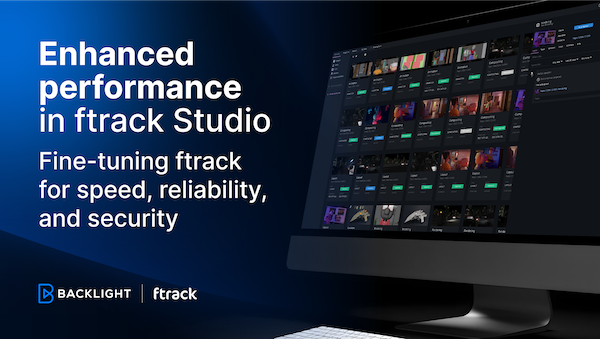
Enhanced performance in ftrack Studio: Fine-tuning for speed, reliability, and security
Chris McMahon | API, Developer, New features, Product, Productivity, Studio | No Comments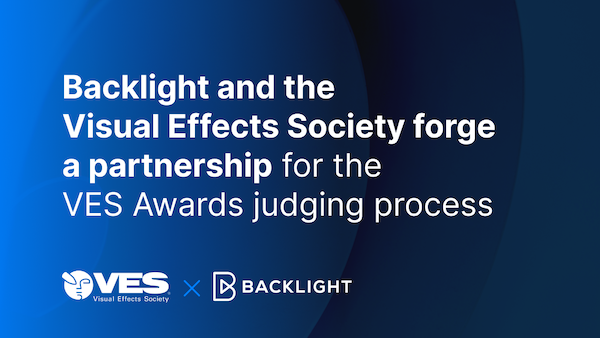
Backlight and the Visual Effects Society forge a partnership for the VES Awards judging process
Kelly Messori | Case Study | No Comments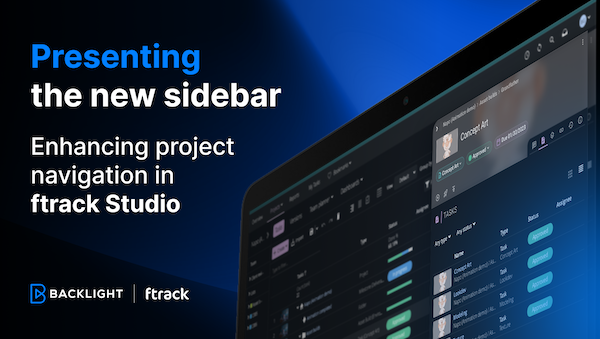
Presenting the new sidebar: Enhancing project navigation in ftrack Studio
Chris McMahon | New features, Product, Release, Studio | No Comments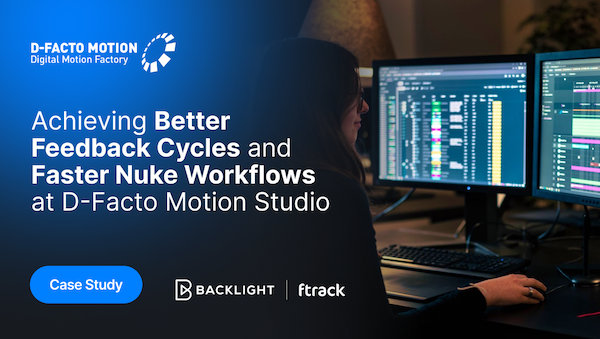
Achieving Better Feedback Cycles and Faster Nuke Workflows at D-Facto Motion Studio
Kelly Messori | Case Study, Studio | No Comments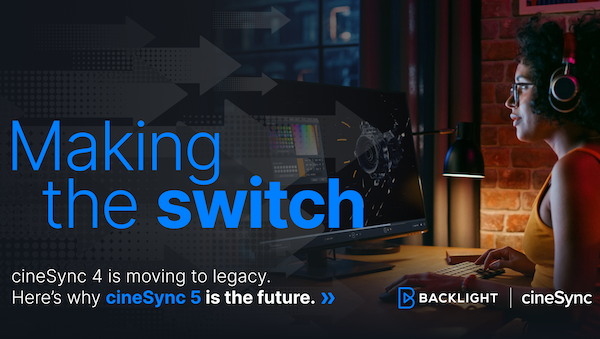
Making the switch: The transition to cineSync 5
Mahey | Announcements, cineSync, News, Product | No Comments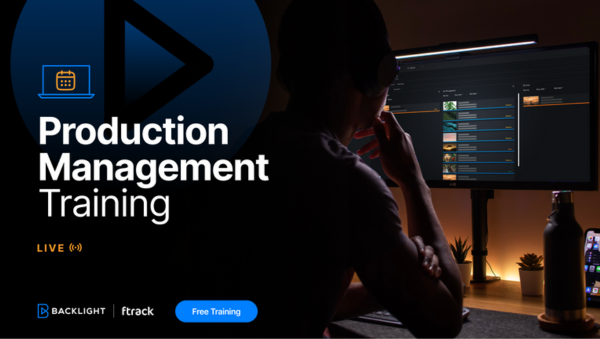
Supporting Your Studio: Free ftrack Studio Training and Office Hours from Backlight
Kelly Messori | News | No Comments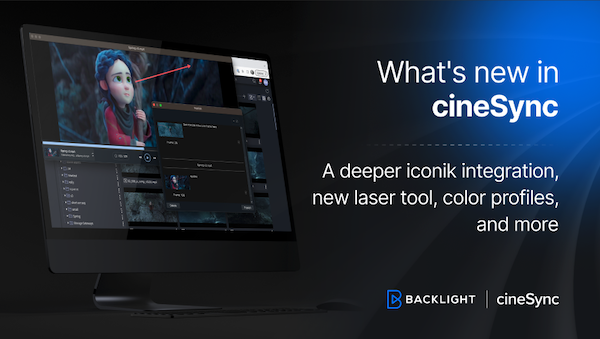
What’s new in cineSync – a deeper iconik integration, laser tool, OTIOZ support, and more
Chris McMahon | cineSync, New features, Product, Release | No Comments


